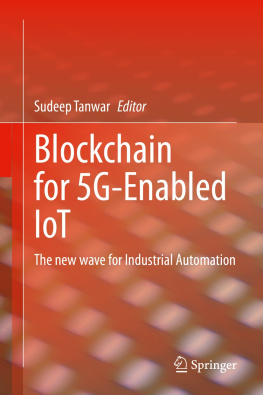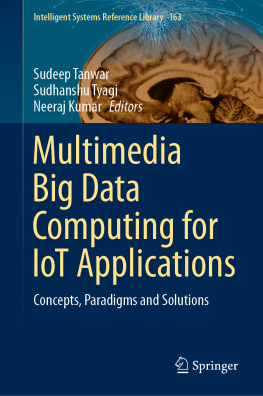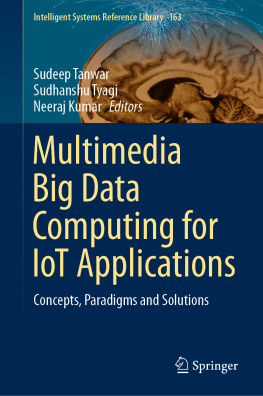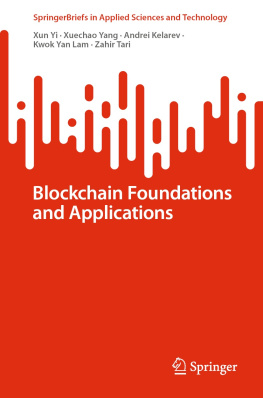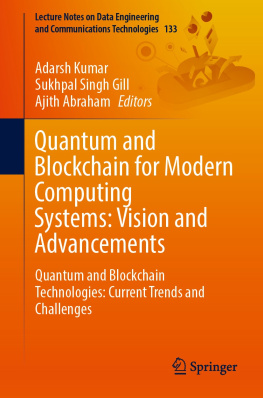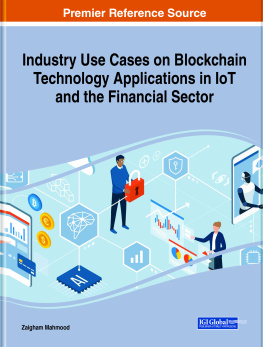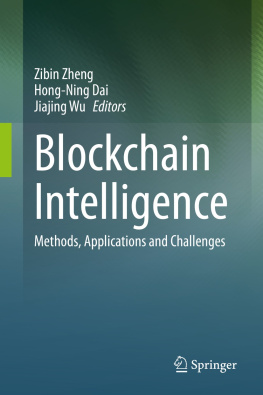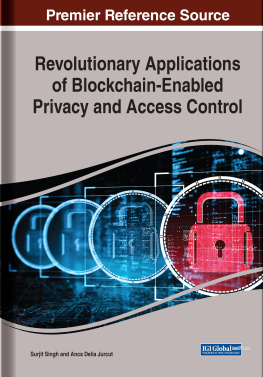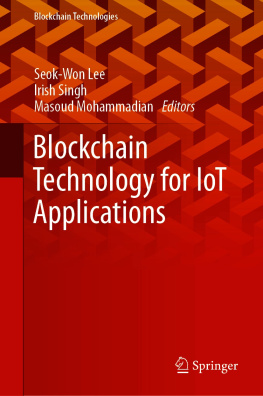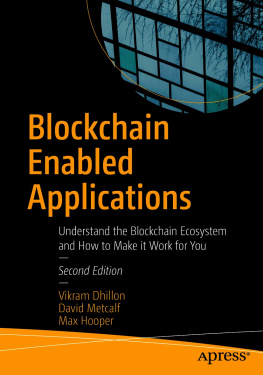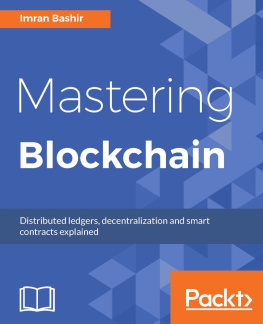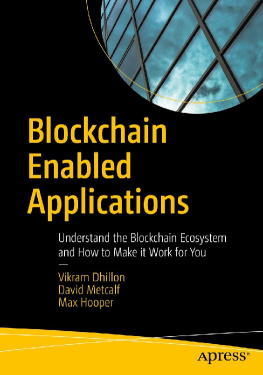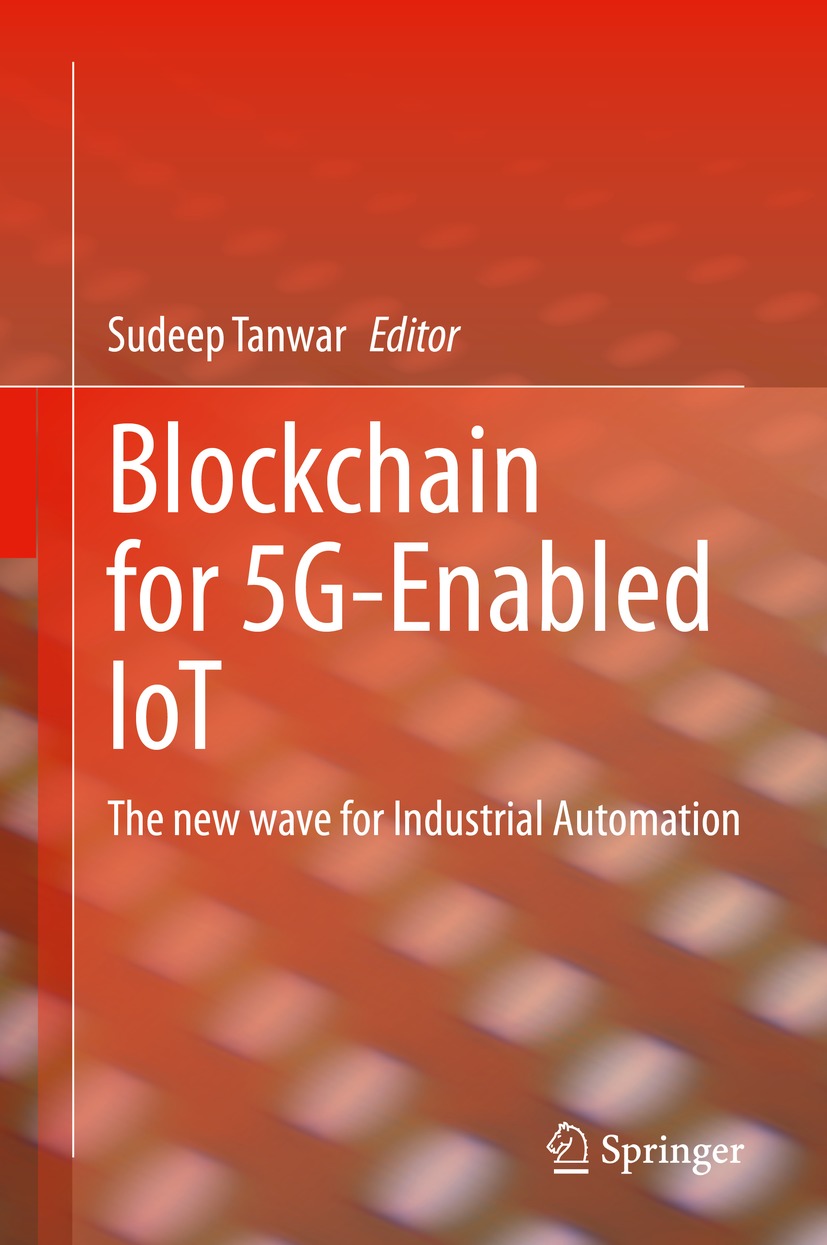IoT has made ubiquitous computing a reality by extending Internet connectivity in various applications deployed across the globe. IoT connects billions of objects for high-speed data transfer, especially in a 5G-enabled industrial environment for information collection and processing. Most of the issues such as access control mechanism, time to fetch the data from different devices, and protocols used may not be applicable in the future as these protocols are based upon a centralized mechanism. This centralized mechanism may have a single point of failure along-with the computational overhead. So, there is a need for an efficient decentralized access control mechanism for D2D communication in various industrial sectors, for example, sensors in different regions may collect and process the data for making intelligent decisions. In such an environment, security and privacy are major concerns as most of the solutions are based upon the centralized control mechanism.
The book is organized into five parts. The first part is focused on the background and preliminaries of blockchain and 5G-enabled IoT, which includes five chapters. The second part discusses the enabling technologies and architecture for 5G-enabled IoT, which has five chapters. The third part illustrates the AI-assisted secure 5G-enabled IoT with well-structured five chapters. The fourth part highlights the 5G-enabled IoT models, solutions, and standards, which has four chapters. Finally, the last part focuses on the next-generation 5G-enabled IoT for industrial automation with four chapters.
Part I: Background and Preliminaries
Chapter presents an introduction to the blockchain and 5G-enabled IoT. The aim of this chapter is to provide a systematic view of the blockchain and 5G-enabled IoT with a perspective of industrial automation. This chapter also gives a comparative study of the different hurdles in applying blockchain-based solutions for 5G-enabled IoT applications. Furthermore, this chapter expects to expound and underscore the key parts of the utilization of blockchain for 5G and IoT. This chapter also presents an inside-out review of the best-in-class proposition under the selected domain.
Chapter intends to guide researchers and stakeholders for the overall improvement in the functioning of the blockchain and 5G IoT in industrial automation. At the end of the chapter, the authors summarize findings to describe the advantages and limitations of existing mechanisms and provide insights into possible research directions.
Chapter presents the foundational ideas of both 5G and blockchain technology along with their complementary strengths and weaknesses in various application domains. These points are supported and followed by apparent attractiveness of application areas so that appropriateness of 5G with blockchain can open up new research directions as well as future service-oriented applications for upcoming communicational network systems.
Chapter introduces the basic architecture and main features of blockchain along with how the blockchain can be integrated with 5G-enabled IoT. Subsequently, the security requirements to manage 5G-enabled IoT devices are illustrated in this chapter. Additionally, the opportunities, applications, issues & challenges, limitations, and research directions of blockchain-based 5G-enabled IoT are explored which will be helpful to the researchers to dive into the area of IoT and blockchain.
Chapter presents a brief introduction to each of these emerging technologies, their impact on industrial automation, and their applications in different industries. This chapter is divided into six major sections, namely, introduction, the rise of industrial automation, IoT, the emergence of the 5G wireless network, blockchain technology; the next best thing, and blockchain, and 5G-enabled IoT use cases in the finance sector.
Part II: Enabling Technologies and Architecture for 5G-Enabled IoT
Chapter presents an overview of the key enabling technologies such as Cloud Computing, Heterogeneous Network (HetNet), Device to Device (D2D) Communication, and Software-Defined Networking (SDN), which have become essential technologies to achieve better efficiency in any industrial automation applications. Furthermore, in this chapter, the current state of the art in the context of IoT application requirements and related cellular communication technologies are reviewed. Then, a comparative analysis of various communication technologies is presented along with emerging IoT applications. At the end of the chapter, a case study on 5G-enabled IoT with the challenges and future research trends for the deployment of various IoT services and applications are discussed.

